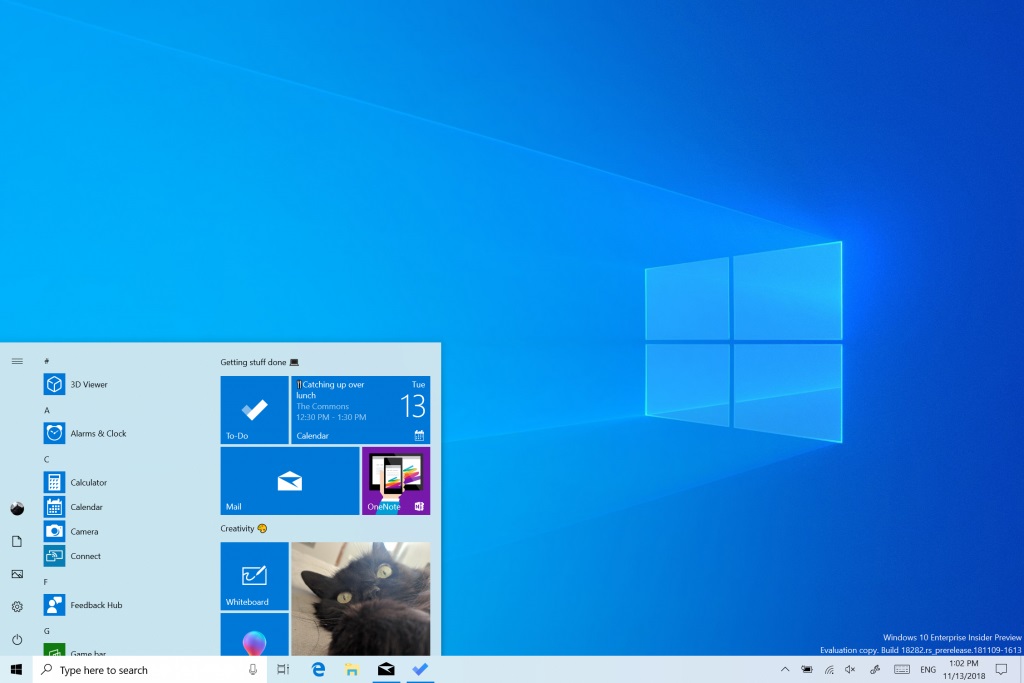How to upgrade to Windows 10 for free
5 min. read
Published on
Read our disclosure page to find out how can you help MSPoweruser sustain the editorial team Read more

Microsoft released Windows 10 back in 2015 and the company gave it away as a free upgrade. The offer was meant to move users to the new Windows 10 OS which was meant to get free upgrades forever in the future. However, the offer was available for a limited time and ended about 4 years ago.
After the offer expired Microsoft forgot or didn’t bother closing up the activation servers leading to users upgrading to Windows 10 for free years after the initial offer expired. If you’re someone who didn’t upgrade back in 2015, then you still have a chance. The offer ended in 2016 but we were still able to upgrade one the old Windows 7 laptop to Windows 10 and activate the license without any problems. To upgrade to Windows 10, you will need to do the following:
- First, get some preliminary things done to prepare for the update. Here’s a list of things you should consider before upgrading:
- Backup all your important files, ideally off the computer. You can use an external drive or use cloud storage like OneDrive.
- Uninstall old software and security utilities as those are known to cause issues. Don’t worry, you can reinstall them once the upgrade is complete.
- You will need around 5 GB of bandwidth to download the upgrade and the drivers.
- You should also go to your manufacturer website and grab some drivers, especially for network and Bluetooth and storage drivers. These can act as a backup in case Windows 10 doesn’t install the basic drivers automatically.
- Get two different USB drives- one for Windows 10 and another for your drivers.
- You should also remove the drives that will not be used during the upgrade. This is not necessary but recommended.
- Find your product key. For older laptops, this should be in the form of a sticker on the bottom of the laptop. If you bought it separately then it should be in the Windows box or on your email depending on how you bought the license. If you can’t find it then open Command Prompt as administrator and run “wmic path softwarelicensingservice get OA3xOriginalProductKey” command. This should fetch your product key. Keep it somewhere safe in case you need it for activation.
- Once you are prepared, download Microsoft Windows 10 Media Creation Tool and run it.
- Click Upgrade this PC to start the compatibility check. There’s a chance that some of the programs might not be compatible with Windows 10. You will need to uninstall those to proceed to ensure the update is installed without problems.
- Once all that is done, the Media creation tool will start the Windows 10 download and install it.
- After installation, go to Settings>Update and Security>Windows Updates and download the latest updates and drivers.
This is the best way to install Windows 10 on your old computer. However, if you’re upgrading someone else’s computer or have to upgrade multiple computers then you can follow the steps below. This method will require a USB drive.
- Start with downloading Windows Media creation Tool.
- Once done, open it and instead of selecting upgrade this computer, select the second option (create installation media).
- Plug in your USB drive and select it in the Media creation tool.
- Let the tool download Windows 10 on to the USB and create a bootable drive.
- You can now plug in the drive into any computer that supports Windows 10 (and is running Windows 7 or above).
- Open File Explorer and double-click on the USB drive. Now open Setup to run the Windows 10 update. The process to upgrade to Windows 10 is the same as the first method.
Do note that you can’t upgrade to Windows 10 by booting using the USB stick so you will need to log into Windows and upgrade via File Explorer.
Checking if Windows 10 is activated
If you owned a genuine Windows license then Windows 10 will automatically activate when you connect it to the internet. If that doesn’t happen and you see a Windows not activated watermark on the bottom right then go to Settings>Update and Security>Activation and manually run the activation utility. If you get any issues then you can click on troubleshoot below to fix the problem.
Lastly, if nothing works then click on change product key and enter the product key you received with your old Windows purchase. This should activate Windows 10 assuming the product key is genuine.
Do note that Microsoft uses digital activation for Windows 10 which means the product key is tied to your Microsoft account and your hardware. This makes it easy if you want to format your computer as Windows 10 will activate automatically.
In the event where you change hardware such as performing upgrades, the activation will occur automatically and Microsoft will register your new hardware and tie Windows to it. However, you may face issues if you decide to upgrade more than one piece of hardware especially if you upgrade CPU, Motherboard and the primary storage drive, together or in any combination. In the event where the activation is not recognized, you can call Microsoft who will give you a fresh code free of charge to activate Windows again. Do note that they might ask for your original product key so keep that handy.









User forum
0 messages